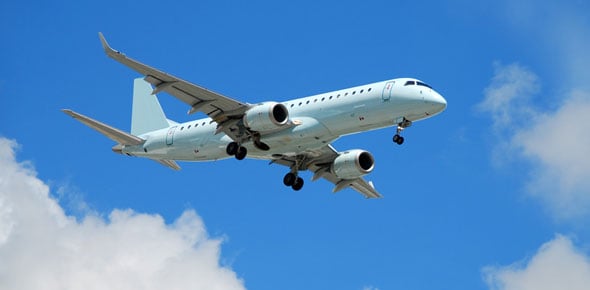A total of ________________________ are installed on the nose fuselage...
If one bleed air fails,______________the cross bleed valve to use...
During ground operation, at low speeds and visible moisture, ice could...
Failure of one ice detector results in the loss of system redundancy....
(When wing anti-ice is requierd for takeoff, MCDU...
The APU is __________ of supplying bleed air for the anti-ice...
When SAT temperature for take off is lower than 5°C,...
In case of a dual ice detector failure, the anti-ice operation...
On what MCDU setting the engine anti-ice valves are...
In case of a single AC electrical source in-flight only the left...
The MCDU setting operates the anti-ice system and inhibits the ice...
Wich of the following components uses electrical power as...
On what MCDU setting only the engine anti-ice valve will be...
When SAT temperature for take off is higher than 5°C and...
After landing, the Ice Protection System should...
The wing anti-ice system tests itself during flight (SAI IBIT)...
Wich of the following components uses bleed air from the engines as a...
The engines cowls are heated with air from the ____________, extracted...
The engine bleed valve is fail safe _____ if either the...
If an icing condition is detected during flight, the ice detectors...
In wich modes the anti-ice valves will rely on ice detection above...
When the batteries are the only electrical source to the airplane,...
The SAI IBIT duration is __________ (maximum). The test can be...
On what MCDU setting the anti-ice valves will be inhibited...
When a single AC power is available (e.g. one IDG) each windshield...
With TO DATASET MENU in OFF or ENG and the MODE SELECTOR KNOB in...
















